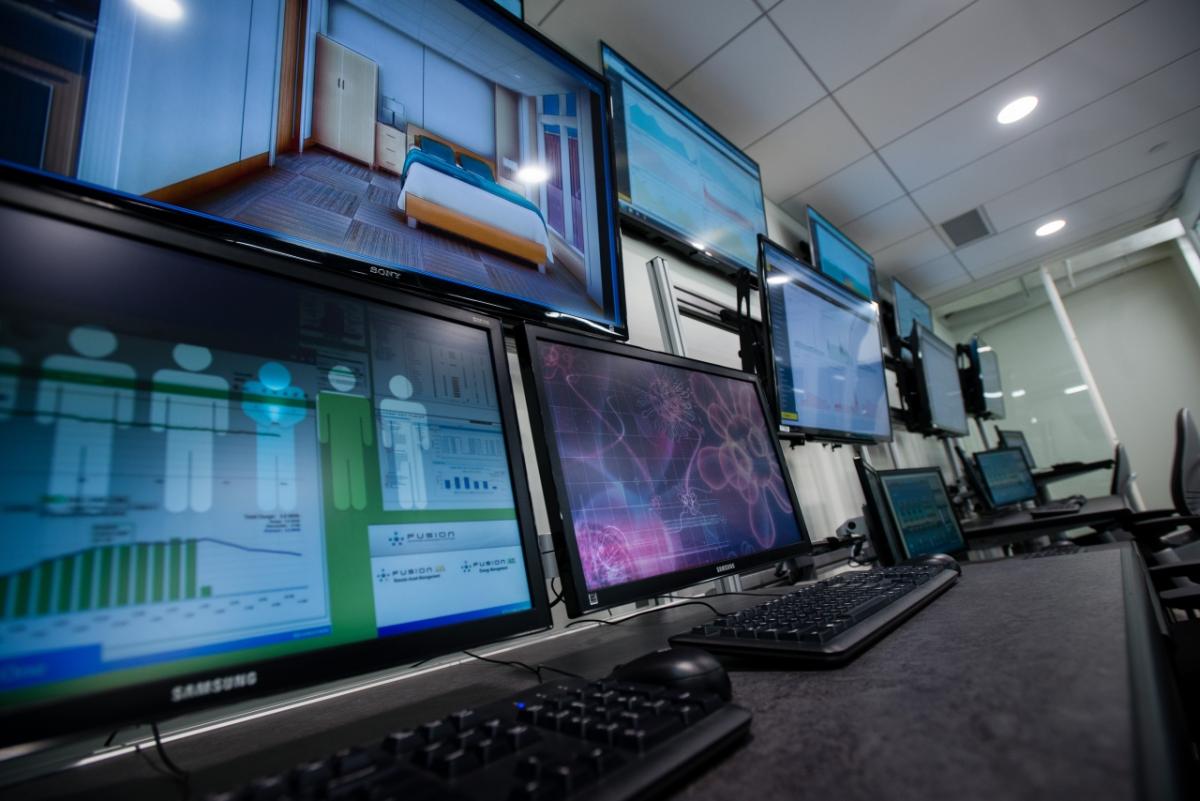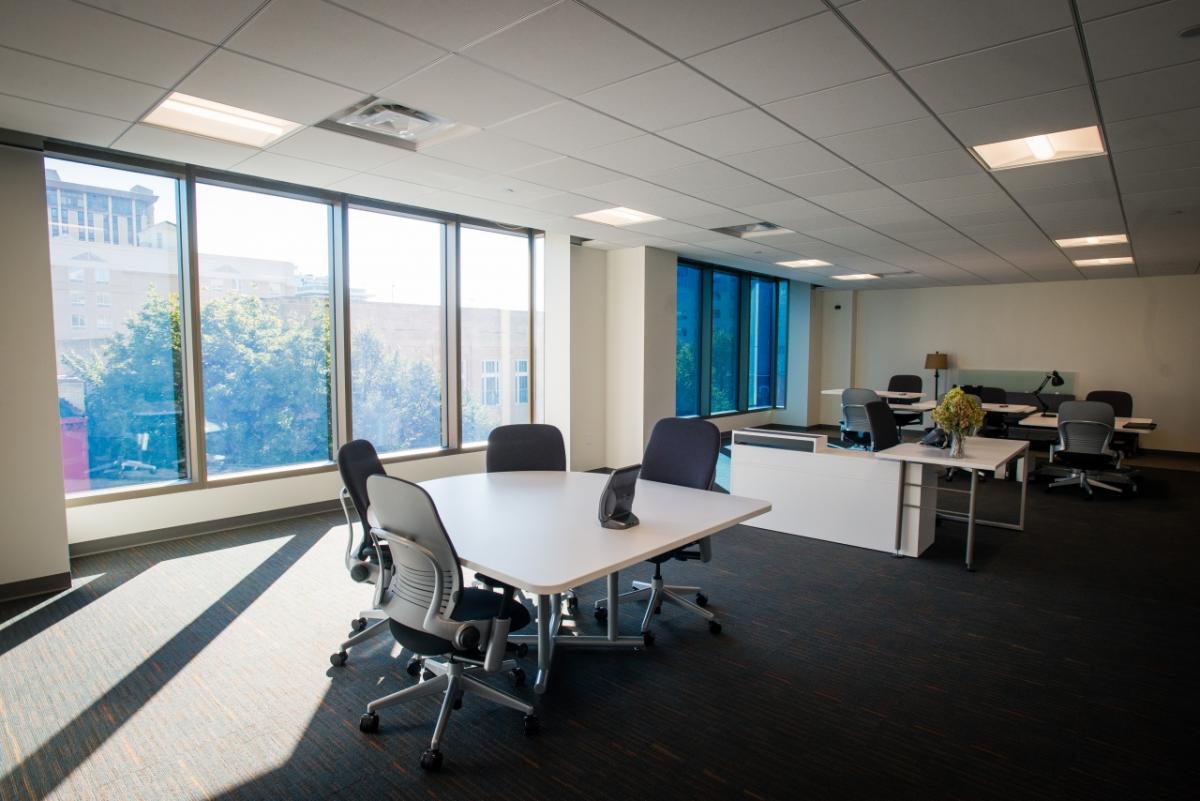Well Living Lab Announces 3-year Research Plan to Study Effects of Indoor Surroundings on Health and Well-being
ROCHESTER, Minn., February 21, 2018 /3BL Media/ – The Well Living Lab today announced an extensive three-year scientific research plan to identify how indoor environments effect five significant facets of people’s lives: health, performance, stress and resiliency, sleep and comfort. Studies will examine these factors for homes, workplaces and independent living communities. A critical component of the research is the interplay of elements such as sound, lighting, temperature and air quality, all of which can be altered in various combinations to uncover positive, neutral and negative effects on people.
“Our responsibility is to advance the science by conducting human-centered research that can be used in practical ways,” says Brent Bauer, M.D., medical director of the Well Living Lab and director of medicine for Mayo Clinic’s Complementary and Integrative Medicine Program. “It’s our belief that favorable outcomes can be realized, which will have long term benefits for people’s lives.”
A variety of experiments will be reviewed, approved and monitored by the Institutional Review Board of Mayo Clinic. The plan identifies research aims and questions to be explored such as:
- How office workers respond to artificial lighting that simulates natural light, not just at work, but also how it may change their ability to get sufficient sleep at home.
- How changes in environmental conditions affect sleep and stress.
- What types interventions can increase cognitive performance and improve job satisfaction.
This research agenda will further build on the results of the Well Living Lab’s latest study findings, now published as an open access article in a peer-reviewed publication. The study reported that temperature, noise and lighting in open office environments affect employees’ ability to get work done. This was a proof-of concept study that demonstrated the strength of living lab methodology in measuring realistic occupant responses to select environmental changes in an open office. Specifically, it indicated that employees are most sensitive to thermal conditions, followed by work-related noise such as conversations and lack of natural light from windows when working in open office environments. These factors affected work environment satisfaction, productivity and even carried over into the mood of employees and their sleep.
The study consisted of eight working age participants who spent 18 weeks in a simulated work environment in which acoustics, lighting and temperature were manipulated in numerous combinations, and the findings were based on occupant responses to surveys and in-depth interviews. The findings were published in Building and Environment.
“We want to understand the effect of environmental conditions and combinations of conditions to improve health and well-being, including performance, comfort, stress and resilience and sleep,” continues Dr. Bauer. “This study is just the beginning. We will continue to explore the relationship of environmental factors in the workplace and at home.”
The direction for this scientific exploration was solidified by Mayo Clinic and Delos, as well as the lab’s scientific advisory board with members from academia and governmental institutions including Brigham and Women’s Hospital; Carnegie Mellon University; National Institute of Diabetes, Digestive & Kidney Diseases; Stanford University; University of California; UC Berkley; US General Services Administration and University Medical Center Groningen in the Netherlands.
“We know that passive design elements in our homes, offices and buildings can contribute to our health and well-being,” says Peter Scialla, COO of Delos and co-chair of the Well Living Lab’s Joint Steering Committee. “This research will further advance change for the building industry and result in innovative design, products, materials and technologies.”
About the Well Living Lab
A collaboration of Delos™ and Mayo Clinic, the Well Living Lab is the first human-centered research facility dedicated to identifying how buildings — and everything that goes in them — impacts human health and well-being. The purpose of the Well Living Lab is to study these indoor environments and create healthier indoor spaces in which to work, live and play. The Well Living Lab is unique in that research is conducted on real people, in real-world settings. This is made possible by the revolutionary infrastructure of the Well Living Lab, which features 5,500 square feet of sensor rich, reconfigurable Lab space where researchers can conduct research with human subjects in simulated, real-world, built environments.



